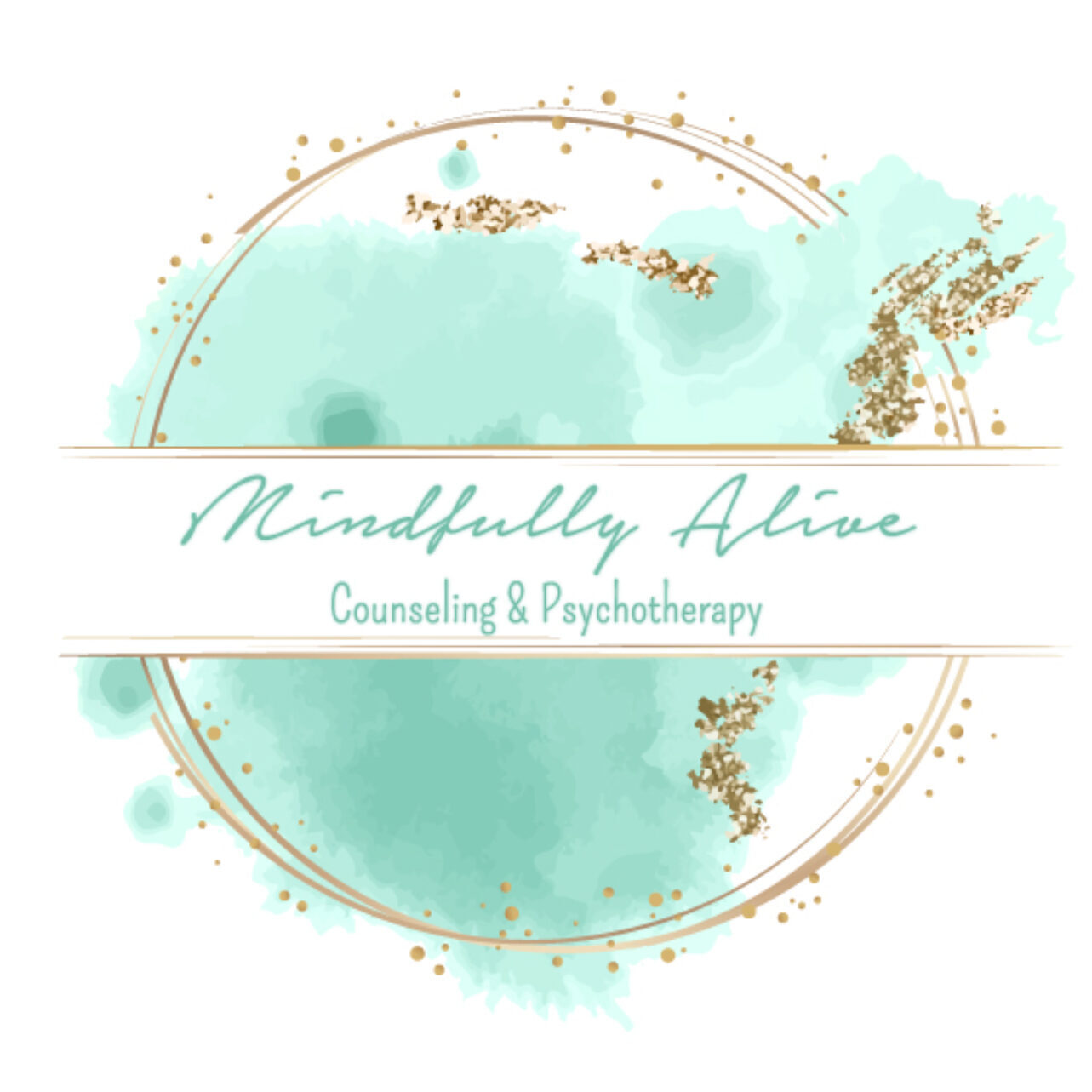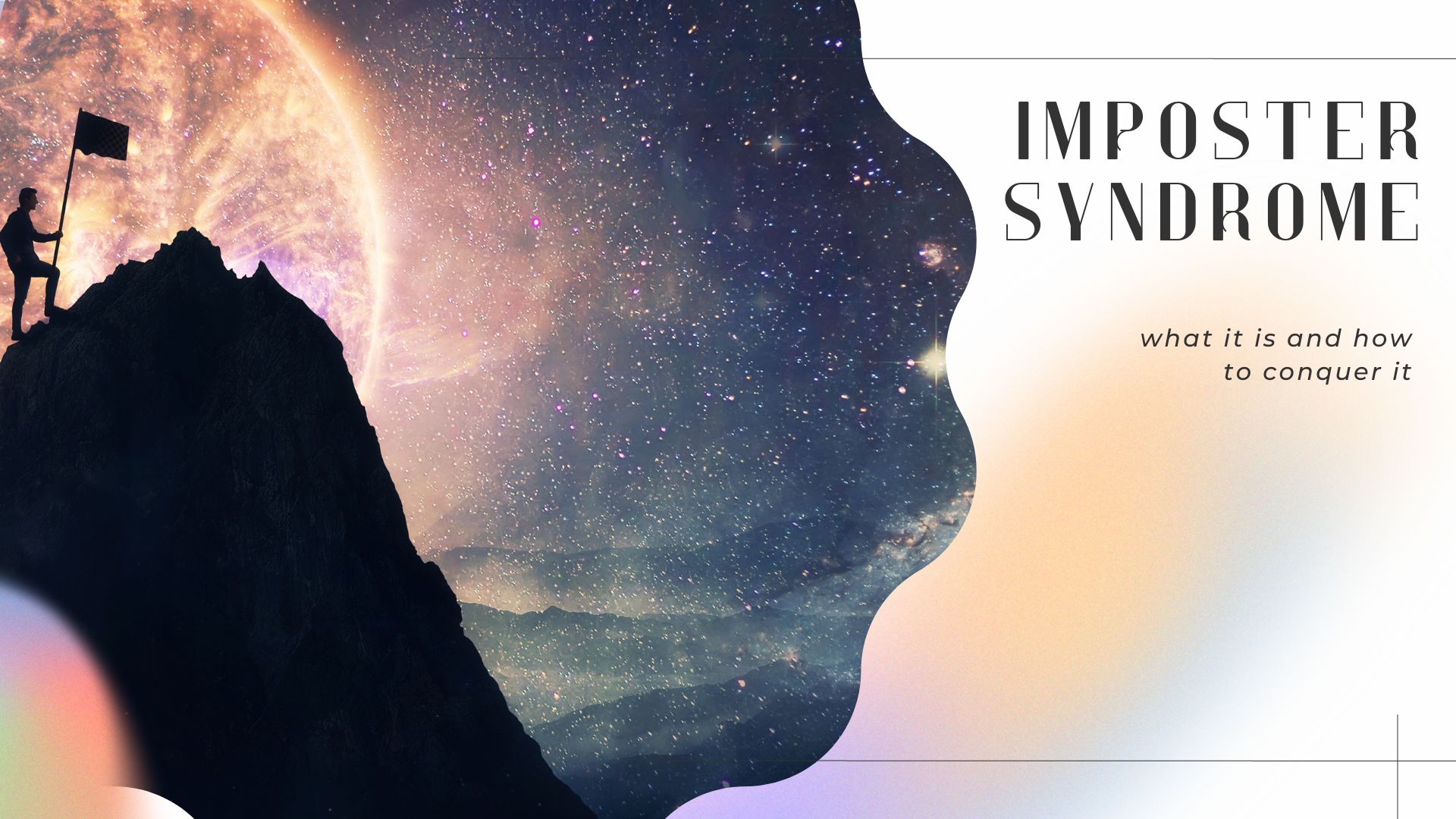How to Keep Limiting Beliefs from Holding You Back in the Next Step of Your Journey.

Change is inevitable. We don’t always notice as it occurs in the passing of time and small shifts in the air. We often pay the most attention to it when we’re the ones crossing the threshold—through a rite of passage or significant milestone. And in the commotion of these events we tend to forget just how uncomfortable change can be. How easy it can become to doubt ourselves, feel pressured to achieve, or fixate on someone else’s standards.
The transition from academia into the “real world” tends to be particularly hard. That’s often because this is when the rules change. You’re no longer held on the same point system, the power and control are shifting, your responsibilities—both paid and not—expand, there’s more to be considerate of and therefore more worry. As such, it’s not hard to find ourselves wondering about our capabilities and, almost inevitably, doubting them.
What are limiting beliefs?
As you can probably surmise from the title, limiting beliefs are thoughts, or states of mind, that operate as absolute truths and create restrictions in our lives. The most common types of these beliefs include::
- Fear of success
- Fear of failure
- Fear of not being “good enough”
- Fear of being “unlovable”
- Fear of rejection
These beliefs often resonate in our minds as:
- “I can’t…”
- “I shouldn’t…”
- “I’m not…”
- “It’s too late…”
Now, if we operate under the assumption that our thoughts create our reality, maintaining these limiting beliefs can often prevent us from living a full life. Whether it be passively living due to fear of failure or striving for unrealistic goals due to the same belief. We can start to remedy this process by demystifying what we believe to be our limitations and creating space for alternate possibilities.
Where do limiting beliefs come from?
Like most belief systems, limiting beliefs come from our understanding of our surroundings. If we start at the very beginning, our belief systems are informed by our primary caregivers. The parents, guardians, family, and close personal relationships that create the foundation of how we interpret ourselves in the context of other people. As we get older, add the influence of friends made along the way, media, culture, preferences, access, and societal standards/norms/pressures. By the time you’ve entered adulthood you’ve received so much information; so many mixed messages, opinions, expectations, goals, ideas, etc that it can be very difficult to distinguish who’s at the center of it all– you.
How do we shift focus?
Mediating our rigid thinking can be difficult, but this 4 step process may help:
Start by identifying the belief and what we are trying to avoid. For some this may look like defining the fears that arise during a transition: changes in self reliance/assuredness, shifts in responsibility, power dynamics, workload/culture, reward systems, time management or understanding our roles within these moving parts. Once we develop awareness, we can begin to further address the issue.
Once the beliefs have been identified, whittle your way down to discover the source. Maybe you recall a specific moment when you started to believe you weren’t good enough. Maybe it was years of conditioning. Maybe it’s not even your own voice repeating the belief, but the voice of someone else who reinforced it.
The next, and possibly most important step, is to acknowledge the service of the belief. Think of your limiting beliefs as a defense mechanism–even though they are restricting you, they are there to protect you. When we limit our capabilities, we protect ourselves from the pain of trying. Give yourself an opportunity to reconcile that even your most limiting belief system has served a purpose, and then maybe it’s job will be done.
The final step in this process is to develop alternatives to the thoughts. This does not have to include absolute positives or reciprocals–because we don’t want to end up on the other end of the spectrum– but it may include “neutralizing language”. For example: “It’s too late” could be reframed as “there will be other opportunities”, or “this is over, but it’s not the end”. Your imagination is limitless, utilize that resilience to better integrate your thoughts and beliefs.
Final thoughts
It’s important to note that reality has limits. Certain things are not feasible under certain conditions, but this does not mean that the conditions can not be changed. Sometimes, feeling limited is precisely the motivation needed to change the course. If gravity never held us down, what desire would we have to look up to the stars?




Be the first to reply